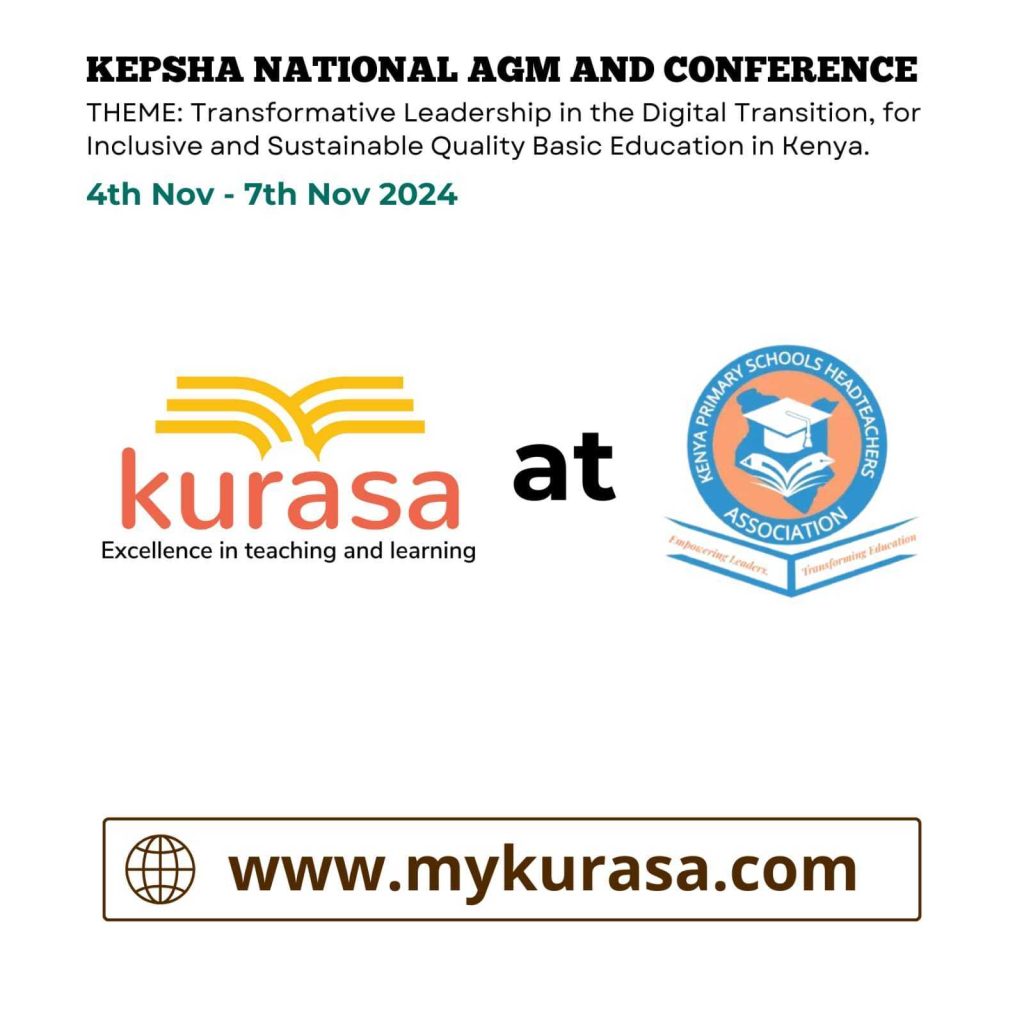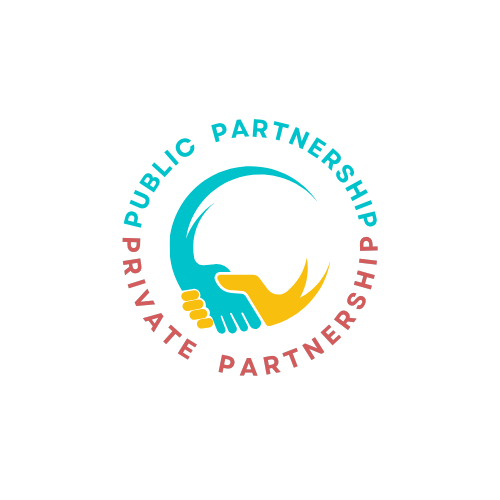When you wake up and decide to browse and see what’s going on in the nation, then you come across news that the political class has something for children with special needs. A tear drops here and there, as you remember all the stories you have come across in the education space regarding children with special needs. Some good, some not good, others truly encouraging and eye-opening.
We will not sit here and pretend that we understand issues surrounding children with special needs, or that we know what goes through parenting of the beautiful angels. Or even that we know how teachers ought to handle different situations, but, confidently, we can say, that the news that Nairobi County will build 17 Special Needs Centres, with two stand-alone for therapy and everything needed to support and care for Children with Disability (CWDs), invokes emotions, thoughts, and ideas towards the initiative. Ideas on what we would love to see done or implemented for the Centres to be effective. It is an idea whose time has come. It is to be lauded and the county be accorded support from every quarter. It is something all other Counties should emulate, or be made to implement in their constituency schools.
Special needs education means intentional teaching, it means a type of attitude and understanding, special measures to manage the teaching, and a different curriculum delivery to children with different special needs. It also means specially trained teachers to teach them, a different mode of communication, a special environment, specially designed to suit most, if not all forms of special needs. It also means divine patience, support, and goodwill from the parents, the community, and the government at large.
According to a survey carried out by the Kenya Institute of Special Education (KISE) in conjunction with the Ministry of Education (MOE) in 2017/2018 for children between the ages of 3 to 21 years old, 11.4% of our population has special needs and disabilities. Of the 11.4%, 51.2% were males and 48.8% were females. There were more boys with disabilities than girls 72.6% of those children lived in rural areas while 27.4% of them lived in urban areas. KISE also reported to have trained over 29000 teachers on Special Needs with 17000 of them already in teaching practice.
A further survey by the Kenya National Special Education Team indicates that there were more children with disabilities (CWDs) out of school, than those without disabilities. And that resources and structures in many schools were not adequate and relevant for learners with disabilities. In regard to this, the ratios of special needs educators to learners were below the required thresholds for the number of children with disabilities in the schools. Additionally, many physical structures in mainstream schools were not adapted to the needs of CWDs. And that shows the great need for informed approaches to this noble project.
In their recommendations, they advocate for inclusion through adjustments in schools, homes, and public areas to necessitate easy movement, learning, working, and a feeling of belonging to all. In education, they recommend that CWDs be provided with appropriate education in regular schools. This explains many submissions by experts in Special Needs Education on the need to integrate learners into mainstream schools, unlike earlier approaches of separating them from others. According to most experts, these give the CWDs a chance to learn the ideal practices from their peers without disabilities. The study further recommends special units be identified in schools to cater to different special needs as indicated by different forms of disability, for effective teaching and learning outcomes.
In all this, and through experience, everyone in this space has something genuine to add to the success of learners with disabilities. You would be so surprised if you sat down with a teacher who teaches CWDs. You would be more surprised if you spoke to parents, school heads, learners, and caregivers on what they believe would be the most ideal way to integrate the learning for the benefit of all learners. They have very interesting thoughts/views on approaches that need to be employed for better delivery and inclusion of all learners. Having been to different schools and forums makes us believe, that for us to be successful on this front, we need to always consult widely and include every voice that works, cares, or advocates for CWDs.
We would confidently advise the County Government as they pursue this noble idea, that they take as much time as possible, listening to parents, school heads, teachers, caregivers, community leaders, experts on different forms of disability, government bodies, nongovernmental bodies, and everyone else in this space, to ensure a successful implementation of the project. The worst-case scenario that has brought us where we are, is the assumption that a survey here and there, a consultation here and there is enough to give a nod for such a project. That’s why most government projects end up being empty/non-functional structures, simply because due diligence was not a prerogative.
We hope and pray that for this very important project, everyone and we mean everyone including the least of them in that space, will be made part of the project. We also want to believe that care, thoughts, time, testing, and iteration will come first before we have 17 ‘unusable’ projects scattered all over the County, simply because proper involvement was not sought.
https://www.youtube.com/watch?v=2-LIzCG-g5Y


